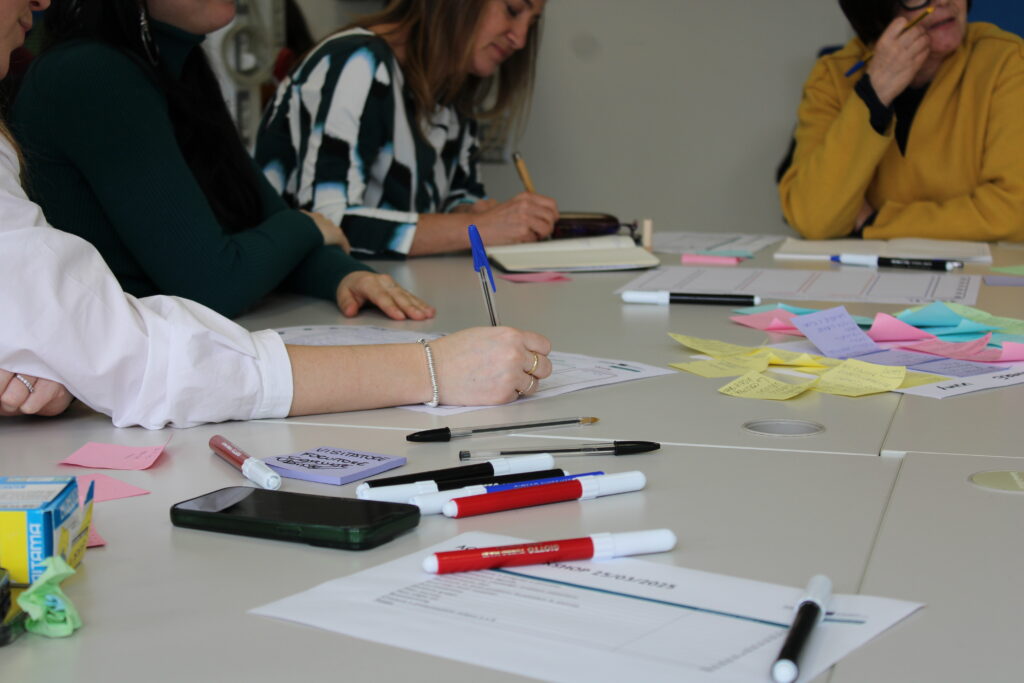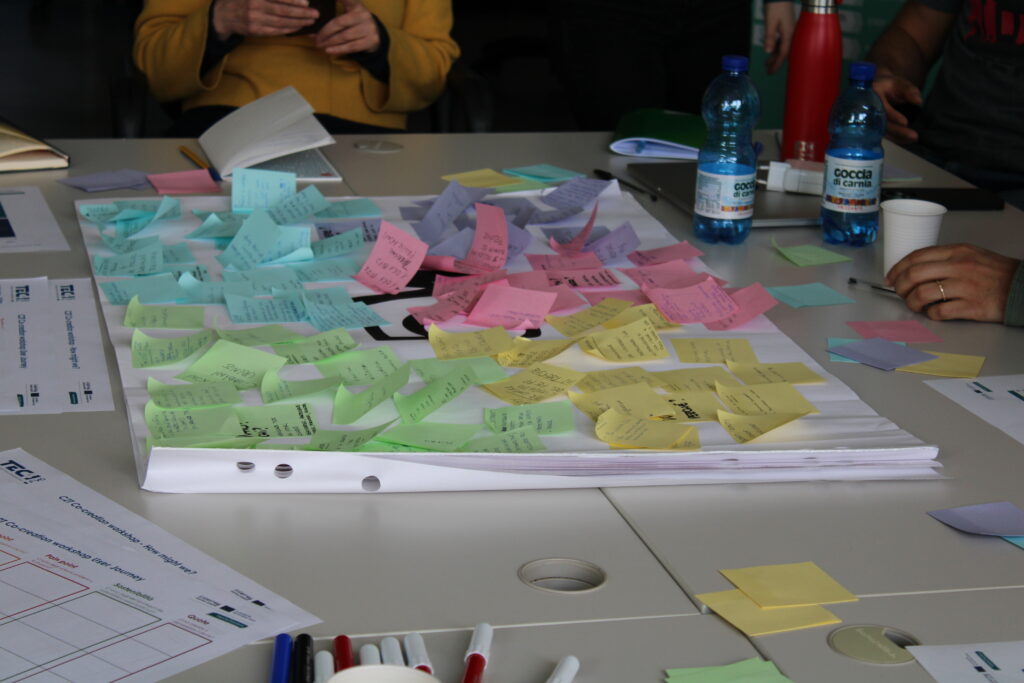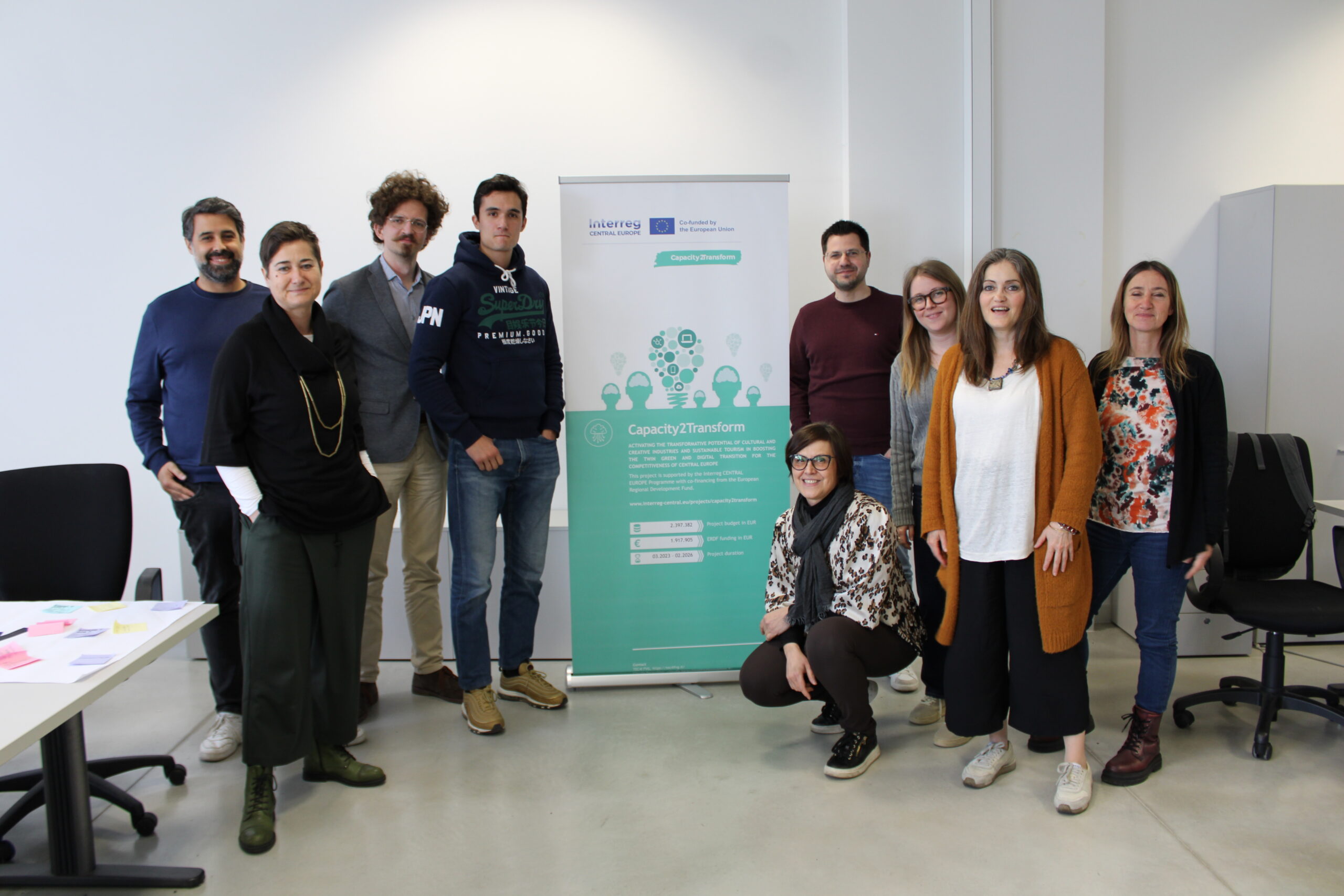Sustainability, circularity and responsibility are no longer buzz-words. They signal a tangible transformation in the way companies, institutions and citizens do business, communicate and relate to the environment and to society. Today, organisations also tell their own story through their commitment to sustainable practices, embedding environmental and social values into their strategic vision. This mindset is likewise inspiring Capacity2Transform (C2T)—an Interreg Central Europe project that unites creative- and tourism-oriented SMEs, business-support bodies and universities in nine countries to boost skills for the twin green-and-digital transition.
About this article
This piece was drafted after a series of co-creation workshops run by TEC4I FVG—C2T project partner—together with the Centro Espressioni Cinematografiche, the organisation behind the Far East Film Festival (FEFF).

What does it really mean to run a sustainable event?
The United Nations Environment Programme (UNEP, 2009) defines a sustainable event as one conceived, planned and delivered so as to minimise negative environmental impacts while leaving a positive legacy for the host community. It goes well beyond recycled materials or plastic-free coffee cups: it calls for a complete redesign of the event model, embedding environmental, social and economic responsibility criteria at every stage.
Running a sustainable event is a complex process that hinges on the active involvement of all stakeholders—suppliers, sponsors, public authorities, local communities and participants. Only a shared, systemic approach can generate concrete, long-lasting results. Engaging stakeholders from the outset creates awareness, collaboration and a sense of ownership—key ingredients for success.
Start with an impact assessment
The first step is a baseline assessment. One of the most effective tools is calculating an event’s carbon or environmental footprint, measuring its life-cycle impacts. This snapshot highlights hotspots and opportunities for improvement.
Armed with this data, organisers can set specific targets (e.g. lower emissions, smarter waste management, greener mobility) and craft strategies to hit them. Collaboration with suppliers becomes crucial: choosing low-impact materials, favouring local zero-kilometre products and switching to renewable energy all make a measurable difference.
Rooted in the territory
A sustainable event must give back to its host community: stimulating the local economy, showcasing cultural and natural assets, raising public awareness through training sessions or participatory activities. Sustainability therefore goes beyond ecology; it embraces social and cultural dimensions too.
A real-world example: Far East Film Festival 27 (FEFF)
Udine’s Far East Film Festival, organised by the Centro Espressioni Cinematografiche, is one of Europe’s most important showcases of Asian cinema, drawing thousands of visitors, guests and professionals every year. In recent editions the FEFF has pursued continuous improvement on the sustainability front, and for its 27 th outing in 2025 it made a decisive qualitative leap—fully aligned with the goals of Capacity2Transform.
With expert support by eFrame srl (https://eframe.it/ ), FEFF calculated its event carbon footprint under ISO 14067, based on life-cycle-assessment (LCA) methodology. This pinpointed the main impact areas—guest and audience travel, energy use and waste management.
Design solutions were then prioritised “upstream”: reducing energy and material consumption, favouring reuse and end-of-life recycling, selecting suppliers via environmental criteria and launching mobility actions. In true C2T spirit, the festival also involved its audience: questionnaires asked filmgoers how they travelled to Udine, collecting data to improve future low-carbon transport incentives.

From event to laboratory of change
FEFF’s journey shows how culture, participation and sustainability can reinforce each other, turning an event into a driver of positive change. The key takeaway is that sustainability is not a finish line but a process requiring continuous commitment, vision and above all collaboration.
At a time when the climate crisis demands bold choices, events large and small can—and must—become laboratories of the future, inspiring virtuous behaviour and building more aware, resilient communities. Thanks to initiatives such as Capacity2Transform, Central Europe now has a trans-national framework that helps organisers, creative professionals and SMEs acquire the skills and partnerships they need to design the next generation of truly sustainable events.
Article written by: Francesca Visintin and Elisa Tomasinsig (eFrame srl)
Contribution by: Tamara Corsano and Claudia Baracchini (TEC4I FVG)


